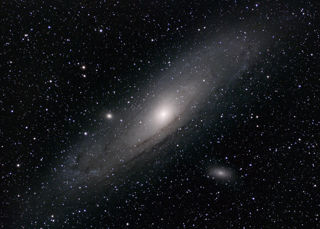
Two Flown Solar Cells from Hubble Space Telescope
Two Flown Solar Cells from Hubble Space Telescope
These solar cells were retrieved from the Hubble Space Telescope during a servicing mission in 1993. They are two of the 50,000 individual solar cells that covered the two original 12 metre solar arrays.Each wing-like array converted the Sun’s energy into electricity to power Hubble’s scientific instruments. On-board batteries stored energy so the telescope could operate in Earth’s shadow. In orbit 569 kilometres above the Earth, Hubble experiences sunrise and sunset every 96 minutes.
Hubble was designed to be serviced and updated while in orbit. The solar cells are particularly sensitive to radiation and oxygen erosion and therefore inevitably degrade over time. The mission in 1993 was the first planned maintenance on the telescope since its launch in 1990. During the mission the solar arrays were replaced with new ones and one of the original arrays was taken back to Earth.
More information
Object number
L2008-2
Location
Artefact Store
Has this object been into space?
Yes
Dimension - Dimension, Value, Measurement unit
Depth: 0.05cm
Height: 10.0cm
Width: 5.0cm
Material
Kapton H
Silicone adhesive (DP46971)
Silver mesh
Glass fibre
Associated Organisation
National Aeronautics and Space Administration
Object Production Date
Circa 1990
Object Production Organisation
ESA
Object Production Place
Europe
Credit Line
On loan from the Open University Department of Physical Sciences
On Display Status
Handling collection
Copyright and Photos
Photography is shared via the license below.
However, some objects on this website are on loan to the National Space Centre and are being shared through the permission of their owners.
Commercial use of images from this website is not allowed without additional permissions being granted. To request permission to use images for purposes not covered in the license below, please contact [email protected]
Individual objects on loan to the National Space Centre may have additional copyright permissions, so advice should always be sought before use.
![]()
This work is licensed under a Creative Commons Attribution-NonCommercial 4.0 International License.








